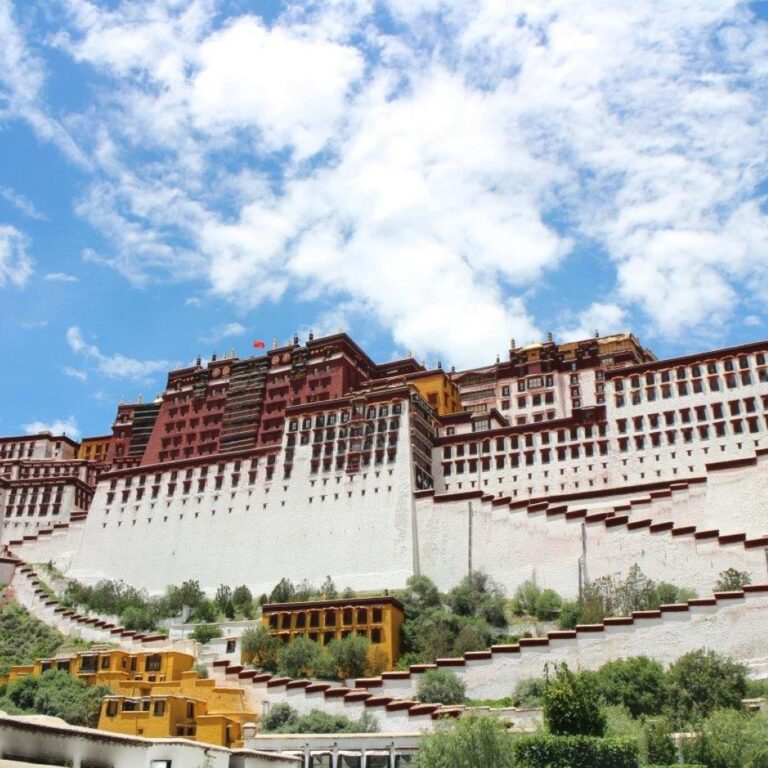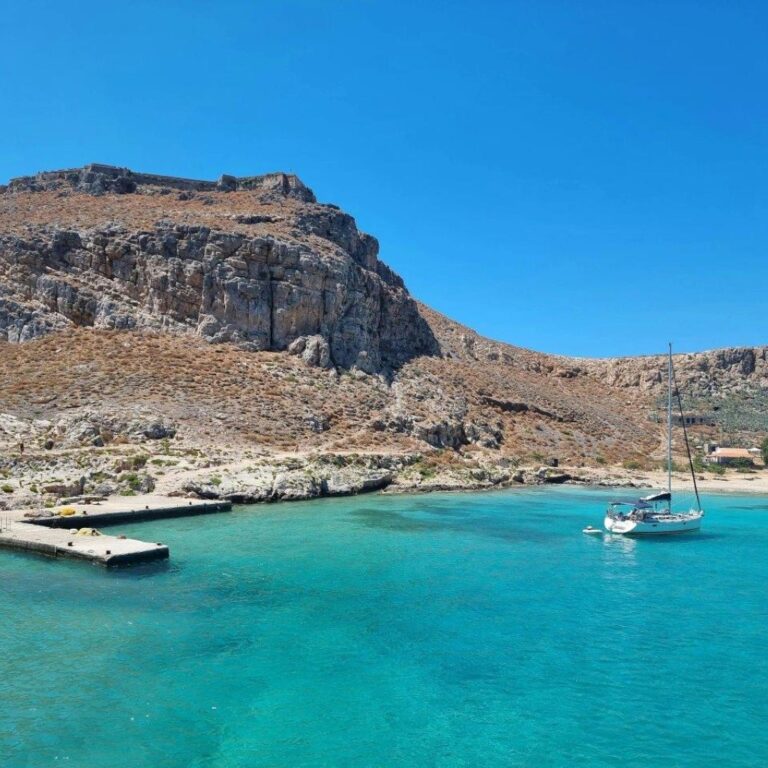The Potala Palace was originally built in the 7th century by King Songtsen Gampo and later expanded in the 17th century by the 5th Dalai Lama.
The palace is named after Mount Potalaka, the mythical abode of the Bodhisattva Avalokitesvara.
The Potala Palace stands at an elevation of 3,700 meters (12,100 feet) above sea level, making it one of the highest palaces in the world.
The palace complex covers an area of 13 hectares (32 acres) and includes over 1,000 rooms, 10,000 shrines, and 200,000 statues.
The Potala Palace is divided into two main sections: the White Palace, which served as the administrative and living quarters of the Dalai Lama, and the Red Palace, which is dedicated to religious study and Buddhist prayer.
The palace's construction involved over 7,000 workers and took more than 50 years to complete.
The Red Palace houses the gilded stupas of past Dalai Lamas, including the 5th Dalai Lama, whose stupa is adorned with over 3,700 kilograms (8,200 pounds) of gold.
The Potala Palace was inscribed as a UNESCO World Heritage Site in 1994, recognizing its cultural and historical significance.
The palace's architecture is a blend of Tibetan, Han Chinese, and Indian styles, reflecting the diverse cultural influences in the region.
The walls of the Potala Palace are made of rammed earth and wood, with some walls measuring up to 5 meters (16 feet) thick at the base.
The palace's roof is covered with gilded bronze tiles, which shimmer in the sunlight and add to the structure's grandeur.
The Potala Palace served as the winter residence of the Dalai Lamas until the 14th Dalai Lama fled to India in 1959 during the Tibetan uprising.
The palace contains a vast collection of cultural relics, including ancient scriptures, murals, and thangkas (Tibetan Buddhist paintings on cloth).
Visitors to the Potala Palace can explore its many chapels, assembly halls, and meditation rooms, each adorned with intricate carvings and colorful decorations.
The Potala Palace is a major pilgrimage site for Tibetan Buddhists and attracts thousands of visitors from around the world each year, who come to admire its beauty and spiritual significance.
How useful was this post?
Click on a star to rate it!



